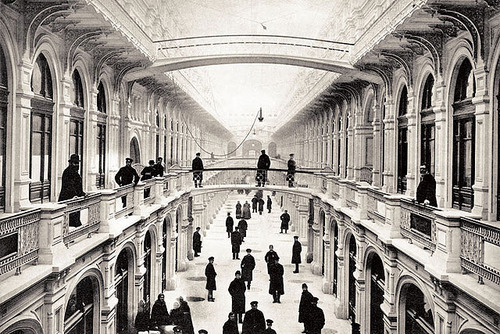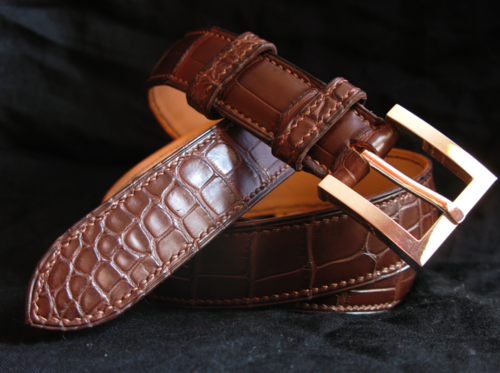
There’s a building in Moscow called GUM (pronounced “goom”) that sits in the city’s historic Red Square. It’s massive, running alongside the square, and vaguely resembles some of London’s old railway stations. It was built in the 19th century as a marketplace, and held over a thousand stores at the peak of its operation. After the Russian Revolution in 1917, the building was nationalized and the stores were taken over by the state through Lenin’s New Economic Policy. That unfortunately failed, so under Stalin, the merchants were kicked out completely and the building was converted into office space for the ruling Communist Party.
Since the end of the Second World War, GUM has slowly moved back to a private business model, and today is basically a shopping mall for Russia’s elites. The Russians have a funny saying about the place – that it’s an “exhibition of prices” since few people can actually afford to buy anything there. GUM holds stores such as Cucinelli (where I once tried on a pair of sweatpants that cost several thousand dollars), Hermes, and John Lobb. It’s funny to me that, today, if you stand in Red Square, you can see almost all of Russian history by just sweeping your head from one side to the other. There’s Saint Basil’s Cathedral representing “pre-modern” Russia; Lenin’s tomb representing the Communist era; and GUM, which is essentially a mall for today’s Russian oligarchs.
Anyway, setting my political views aside, it’s in GUM where you can also see some of the finest alligator and crocodile leather products in the world. The rule of thumb for such exotic leathers is simple: you generally want evenness in the scales, and clean, crisp lines. But to actually see something exhibit these qualities is its own education completely.
Take these two belts, for example. The top one is made by Bertrand Montillet, a former Hermes craftsman who lives in Paris and now privately produces bespoke commissions for clients. The bottom one is just some image I found online, but you can find similar belts on eBay or any thrift store. The quality difference between the two is obvious. The first has beautiful, clean lines and the second looks wrinkled and cheap.


There’s also a YouTube channel run by Roje Exotics, a broker for exotic leathers. They have a video that I think is instructive – one where the man behind the camera shows the difference between caiman and crocodile (here’s another of nice crocodile). Caiman leather is often marketed to the public as alligator, although it’s not technically the same. The difference? Alligator is generally good, while caiman is cheap, prone to cracking, and looks God-awful. But if you haven’t handled many exotic leathers, you might just get fooled into thinking you were buying something of quality. This video does a good job of showing the difference between something that’s junk and something that’s premium (for garment use, anyway).
At GUM, you only see the premium stuff – the high-quality crocodile and alligator skins, made perfectly so that any necessary cuts in the leather are hidden, and all the scales are clean and handsome. The problem is the cost. Mid-quality alligator belts, like those made by W. Kleinberg, already cost somewhere in the neighborhood of $500. To see a significant jump in quality, you have to go to Hermes, Cartier, or craftsmen like Bertrand Montillet, where a belt will run you north of $1,000 or even $2,000. Those are prices that perhaps only Russian oligarchs can pay, but it’s useful to know what’s out there, so you decide what qualities to look for when paying for exotic leather products.
